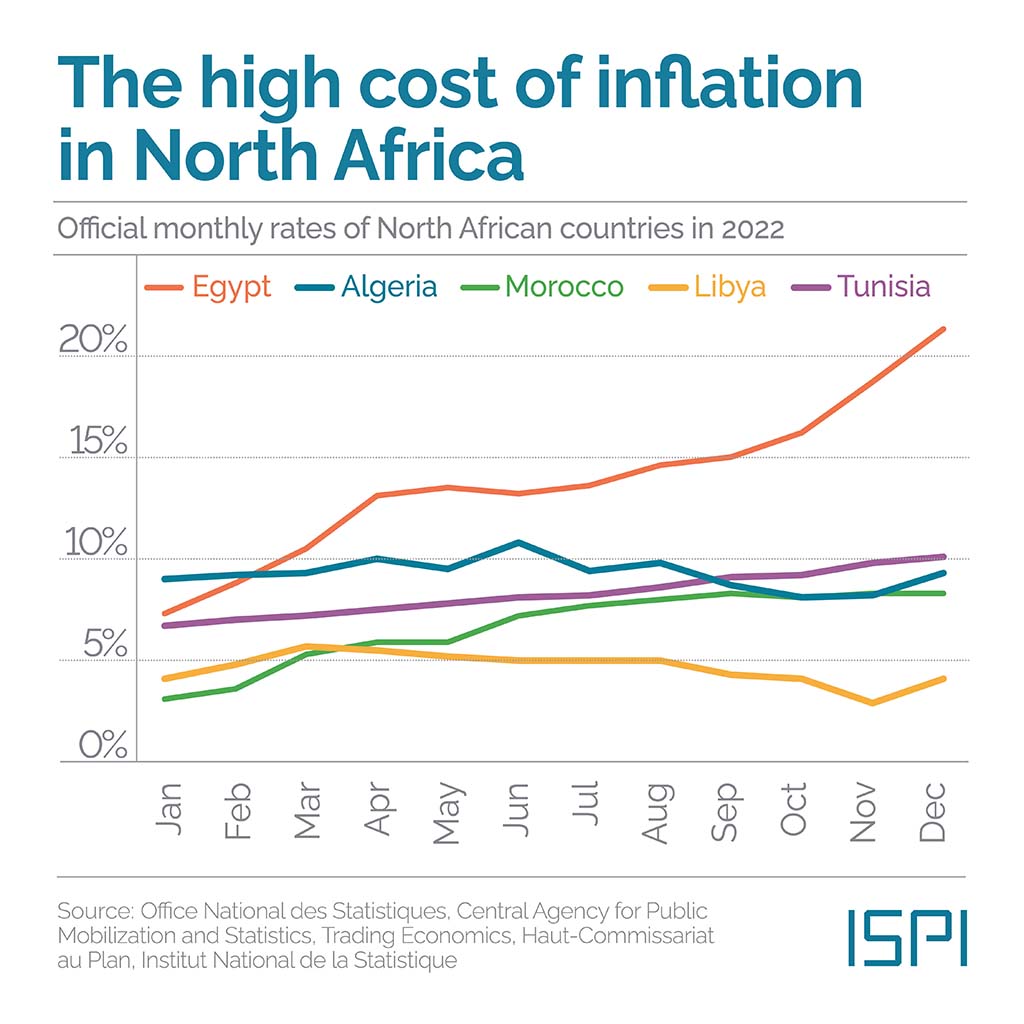Report on Social Security Administration (SSA) Payment Distribution and Alignment with Sustainable Development Goals (SDGs)
Executive Summary
This report details the operational framework of the Social Security Administration’s (SSA) payment distribution system. The system’s structure and reliability are fundamental to achieving key United Nations Sustainable Development Goals (SDGs), particularly those focused on poverty reduction, social equality, and institutional strength. An analysis of the August payment schedule serves as a case study for the SSA’s methodical approach.
SSA’s Role in Advancing Social and Economic Stability
The SSA administers a critical social protection system for approximately 70 million beneficiaries. This function is integral to national progress on several SDGs.
- SDG 1: No Poverty: By providing consistent income to retirees, individuals with disabilities, and surviving family members, the SSA establishes a crucial social safety net that directly combats poverty.
- SDG 10: Reduced Inequalities: The benefits program ensures a baseline of financial security for vulnerable populations, mitigating economic disparities and promoting social inclusion for the elderly and disabled.
Analysis of Payment Distribution Framework
The SSA employs a structured, date-based system to manage its large-scale payment operations, reflecting the principles of SDG 16: Peace, Justice and Strong Institutions, which emphasizes effective, accountable, and transparent institutions.
Beneficiary Categories and Payment Tranches
- Early Recipients: Individuals who began receiving benefits before May 1997 or who also receive Supplemental Security Income (SSI) are typically paid during the first week of the month. SSI is a vital federal program aligned with SDG 1 and SDG 10, targeting adults over 65, blind individuals, or those with disabilities who meet specific financial criteria.
- Birth Date-Based Recipients: Most other beneficiaries are paid on a staggered schedule based on their day of birth.
August Payment Schedule Case Study
The payment schedule for August demonstrates the system’s predictable, rule-based nature. The disbursement is not delayed but follows a pre-determined calendar.
- Birth Dates 1st – 10th: Payment scheduled for August 13.
- Birth Dates 11th – 20th: Payment scheduled for August 20.
- Birth Dates 21st – 31st: Payment scheduled for August 27.
The SSA advises a three-business-day waiting period before reporting a missing payment, a protocol that underscores its organized institutional process.
Benefit Calculation and Contribution to Well-being
Benefit amounts are determined by a formula that reflects an individual’s work history, directly linking the social protection system to SDG 8: Decent Work and Economic Growth.
Methodology and Financial Impact
The calculation is based on a worker’s 35 highest-earning years and the age of claim initiation. These payments are fundamental to ensuring financial security, which is a cornerstone of SDG 3: Good Health and Well-being.
- 2025 Maximum Monthly Benefits:
- Claiming at age 62: $2,831
- Claiming at full retirement age (67): $4,018
- Claiming at age 70: $5,108
- May Average Monthly Benefits:
- All Retirement Recipients: $2,002.39
- Spousal Benefits: $950.20
- Survivor Benefits: $1,566.66
- Supplemental Security Income (SSI): $718.30
The SSI payments, in particular, represent a direct intervention to support the most financially vulnerable, reinforcing the commitment to SDG 1 (No Poverty) and SDG 10 (Reduced Inequalities).
Analysis of Sustainable Development Goals in the Article
1. Which SDGs are addressed or connected to the issues highlighted in the article?
The article discusses a national social protection program, which directly connects to the following Sustainable Development Goals:
-
SDG 1: No Poverty
The article focuses on Social Security and Supplemental Security Income (SSI), which are financial safety nets designed to provide income to retirees, people with disabilities, and low-income older adults. These payments are crucial for preventing and alleviating poverty among these vulnerable populations.
-
SDG 10: Reduced Inequalities
By providing a foundational income to specific groups such as the elderly and people with disabilities, the Social Security system aims to reduce economic inequality. The article details how these benefits support individuals who might otherwise have limited or no income, thereby promoting their economic inclusion.
2. What specific targets under those SDGs can be identified based on the article’s content?
Based on the article’s discussion of the Social Security system, the following specific targets can be identified:
-
Target 1.3: Implement nationally appropriate social protection systems and measures for all, including floors, and by 2030 achieve substantial coverage of the poor and the vulnerable.
The entire article is an explanation of a “nationally appropriate social protection system.” It describes the Social Security Administration’s (SSA) program, which provides monthly benefits to specific vulnerable groups, including “retirees, people with disabilities and the families of deceased workers,” as well as “adults 65 and older who meet certain financial criteria” through SSI. This directly aligns with the goal of implementing and covering the vulnerable with social protection.
-
Target 10.2: By 2030, empower and promote the social, economic and political inclusion of all, irrespective of age, sex, disability, race, ethnicity, origin, religion or economic or other status.
The Social Security and SSI programs described are mechanisms for the economic inclusion of older persons and persons with disabilities. By providing a regular, predictable income, these systems empower beneficiaries to participate more fully in the economy.
-
Target 10.4: Adopt policies, especially fiscal, wage and social protection policies, and progressively achieve greater equality.
The Social Security system is a cornerstone of U.S. “social protection policies.” The article’s focus on the structure, beneficiaries, and payment amounts of this system highlights a key policy tool used to achieve greater economic equality by redistributing resources to support vulnerable populations.
3. Are there any indicators mentioned or implied in the article that can be used to measure progress towards the identified targets?
Yes, the article contains specific data points that can serve as indicators for the identified targets:
-
Indicator for Target 1.3 (Indicator 1.3.1: Proportion of population covered by social protection floors/systems…distinguishing…older persons, persons with disabilities…and the vulnerable):
The article explicitly states that the Social Security Administration serves “about 70 million beneficiaries.” It further specifies the groups covered: “retirees, people with disabilities and the families of deceased workers,” as well as those receiving SSI. This number provides a direct measure of the coverage of this social protection system.
-
Indicator for Targets 10.2 and 10.4 (Implied indicator: Adequacy of social protection benefits):
While not a formal UN indicator, the article provides crucial data on the monetary value of the benefits, which is essential for assessing the effectiveness and adequacy of the social protection policy in promoting economic inclusion and reducing inequality. Specific figures mentioned include:
- Average retirement benefit: $2,002.39 in May
- Average spousal benefit: $950.20
- Average survivor benefit: $1,566.66
- Average SSI payment: $718.30
These amounts serve as a practical measure of the level of financial support provided to beneficiaries, indicating the system’s impact on their economic well-being.
4. Summary Table of SDGs, Targets, and Indicators
| SDGs | Targets | Indicators (Based on the article) |
|---|---|---|
| SDG 1: No Poverty | 1.3: Implement nationally appropriate social protection systems and measures for all, including floors, and achieve substantial coverage of the poor and the vulnerable. | Coverage of the social protection system: The article states the system covers “about 70 million beneficiaries,” including retirees, people with disabilities, and low-income older adults. |
| SDG 10: Reduced Inequalities |
10.2: Empower and promote the social, economic, and political inclusion of all, irrespective of age or disability.
10.4: Adopt policies, especially social protection policies, and progressively achieve greater equality. |
Adequacy of social protection benefits: The article provides specific average monthly payment amounts that indicate the level of economic support.
|
Source: newsweek.com







